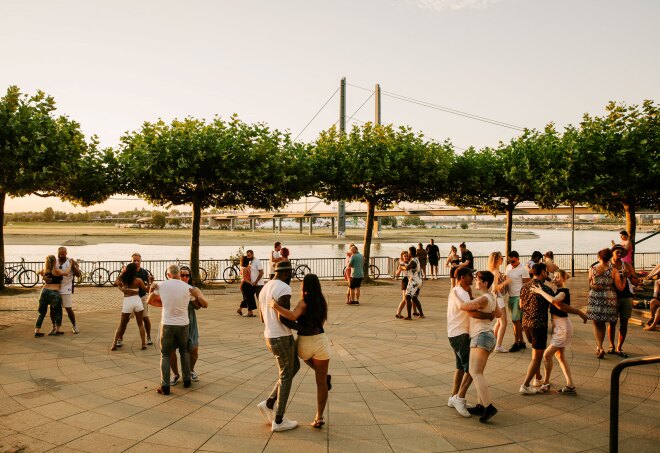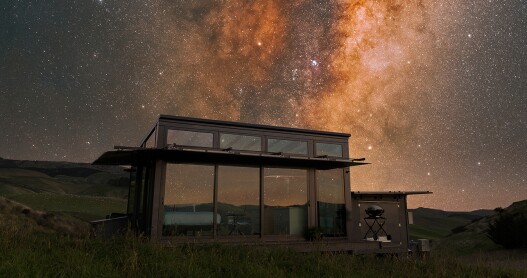Overview
When’s the best time to go to New Zealand?
At the bottom of the Southern Hemisphere, the seasons in New Zealand are reversed from what most of us are accustomed to. Summer runs roughly from December to March, with Christmas through January considered peak season. Snowfields on both islands lure skiers and snowboarders, making New Zealand a popular winter destination as well. During the shoulder seasons, the crowds die down. The weather on the North Island, especially around Auckland, is considered mild and temperate, making it a nice destination year-round.
How to get around New Zealand
Really, the only way to get to New Zealand is by flying, and all international flights are routed through Auckland because of its large airport. From Australia, it’s a four-hour flight, and from Los Angeles it’s 12. A growing cruise industry brings tourists to travel around New Zealand by ship.
Many visitors choose to rent a “campervan” as a way to explore New Zealand’s lush countryside, save on accommodations, and participate in the country’s rich camping tradition. There are plenty of holiday parks and sites in which to park overnight, but free camping isn’t allowed anymore in most of New Zealand. If you are planning to explore the country for more than a month, you might even consider buying a car or campervan. Because of New Zealand’s remote location and limited public transportation, there is a large market of used cars being bought and sold by travelers; it’s a relatively easy, cheap, and painless process. The major cities also have airports, so if you’re on a limited schedule, you can fly between destinations. Public buses connect towns and cities (you can buy hop-on, hop-off bus passes), and there are some train routes on both islands, as well as plenty of tour companies.
Food and drink to try in New Zealand
New Zealand has a growing food scene, and in recent years big cities like Wellington and Auckland have turned out gourmet restaurants, chic cafes, and boutique bars. The famous coffee culture here ensures you will never be far from a delicious cup of coffee. Trendy new independent craft beer companies and breweries continue to pop up around the country, and plenty of wineries dot both islands.
Culture in New Zealand
Before it was colonized by Westerners, New Zealand was settled by the seafaring Maori people from the Pacific. You can visit various Maori sites and have Maori cultural experiences in places like Rotorua. From carving greenstone or jade pendants to witnessing the famous Haka, you’ll see Maori culture and history everywhere in New Zealand.
The two main wine festivals are Toast Martinborough on the North Island in November, and the Marlborough Wine Festival in February on the South Island. New Zealand’s version of Independence Day, when the Treaty of Waitangi was signed between the Maoris and the British Crown, takes place every year on February 6. Also in February, Wellington comes alive with the Sevens, when seven rugby teams compete, creating a massive party in Wellington. If adventurous eating is your thing, then be sure to check out the Hokitika Wild Food Festival in March, where you can try anything and everything.
Local travel tips for New Zealand
- New Zealand is one of the safest and friendliest countries in the world. From the commonplace encounters with hitchhikers around the islands to conversations with just about anyone you meet, it won’t take long for you to realize that there’s something special about Kiwis.
- Remember that because New Zealand is very remote, parts of the country aren’t easily accessed, aren’t connected to phone service, or are prone to wild weather and geological activity such as earthquakes, landslides, and volcanoes—and it’s good to come prepared.
Practical Information
- English and Maori are the official languages of New Zealand, and pretty much everybody speaks English.
- Of course, like any language, Kiwis (aka New Zealanders) have their own take on some words. If you’re told to get dressed in your togs and jandals, change into a swimsuit and flip flops. And when you’re driving around in a camper van, there’s a good chance you’ll end up in the middle of the wop wops (aka the sticks).
- The country runs on 230/240 volts with angled two- or three-pin plugs so you’ll need a converter.
Guide Editor
Brett Atkinson is a full-time travel and food writer based in Auckland. He writes about adventure travel, unusual destinations, and surprising angles on more well known destinations for Lonely Planet and the BBC, among other outlets.
Liz Carlson is a writer and travel blogger based in New Zealand.









